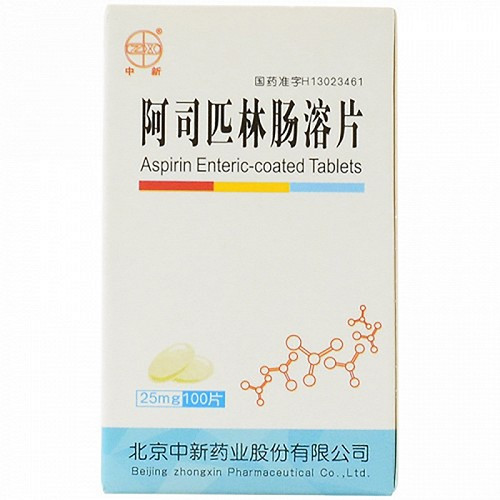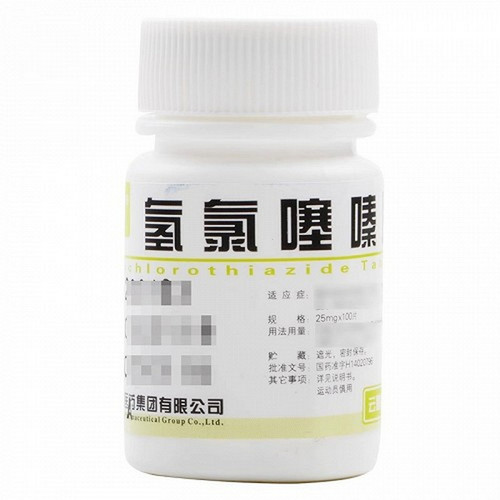Product Overview
[Drug Name]
Generic Name: Cinnarizine Tablets
Trade Name: Chenxin Cinnarizine Tablets 25mg x 100 Tablets
[Main Ingredients]
The main ingredient of this product is cinnarizine, chemical name: 1-diphenylmethyl-4-(3-phenyl-2-propenyl)-piperazine, molecular formula: C₂₆H₁₆N₂, molecular weight: 368.52. Excipients include starch, dextrin, sucrose, povidone K30, magnesium stearate, sodium lauryl sulfate, and sodium bicarbonate.
[Properties]
This product is a white or off-white tablet.
[Indications/Main Functions]
It is used to treat cerebral thrombosis, cerebral embolism, cerebral arteriosclerosis, recovery period of cerebral hemorrhage, recovery period of subarachnoid hemorrhage, sequelae of brain trauma, inner ear vertigo, coronary artery sclerosis, and diseases caused by poor peripheral circulation. It can also be used for allergic skin diseases such as chronic urticaria and senile pruritus.
[Specifications]
25mg*100 tablets
[Dosage and Administration]
Oral administration: 25-50mg (1-2 tablets) three times daily.
[Adverse Reactions]
Common symptoms include drowsiness and fatigue. Some patients may experience weight gain (generally transient). Long-term use may occasionally cause depression and extrapyramidal reactions, such as bradykinesia, rigidity, akathisia, dry mouth, muscle pain, and rash.
[Contraindications]
This drug should not be used in patients with a history of allergies or depression.
[Drug Interactions]
1. Concomitant use with alcohol, hypnotics, or sedatives may increase the sedative effect. 2. Concomitant use with phenytoin sodium or carbamazepine may decrease the blood concentration of cinnarizine.
[Precautions]
1. For patients with gradually worsening fatigue, the dose should be reduced or the drug should be discontinued. 2. Strictly control the dosage. If the maintenance dose is ineffective or extrapyramidal symptoms develop with long-term use, the dose should be reduced or the drug should be discontinued. 3. This preparation should be used with caution in patients with extrapyramidal diseases such as Parkinson's disease. 4. Drivers and machine operators should use with caution to avoid accidents. 5. During clinical trials, please refer to the latest version of the "Clinical Use Instructions."
[Pediatric Use]
This study has not been conducted and no reliable references are available.
[Elderly Use]
This study has not been conducted and no reliable references are available.
[Overdose]
This study has not been conducted and no reliable references are available.
[Pharmacology and Toxicology]
This product is a piperazine calcium channel antagonist that blocks calcium influx into vascular smooth muscle, causing vasodilation and improving cerebral and coronary circulation, with a particular selective effect on cerebral vasculature. It inhibits phosphodiesterase, preventing the breakdown of cAMP into inactive 5-AMP, thereby increasing intracellular cAMP concentrations, inhibiting the release of various bioactive substances such as histamine, serotonin, and bradykinin, and also inhibiting complement C4 activation. The lethal dose for humans is 100~500mg/kg, and the LD50 (oral administration in mice and rats) is greater than 1g/kg







